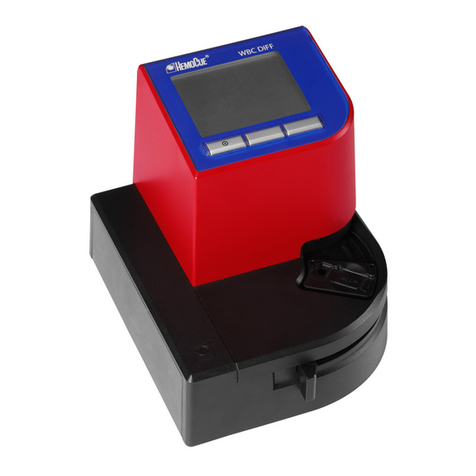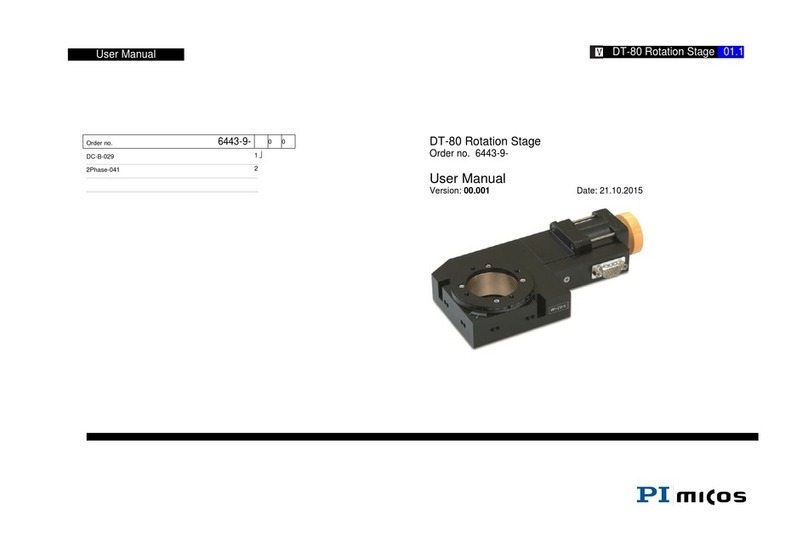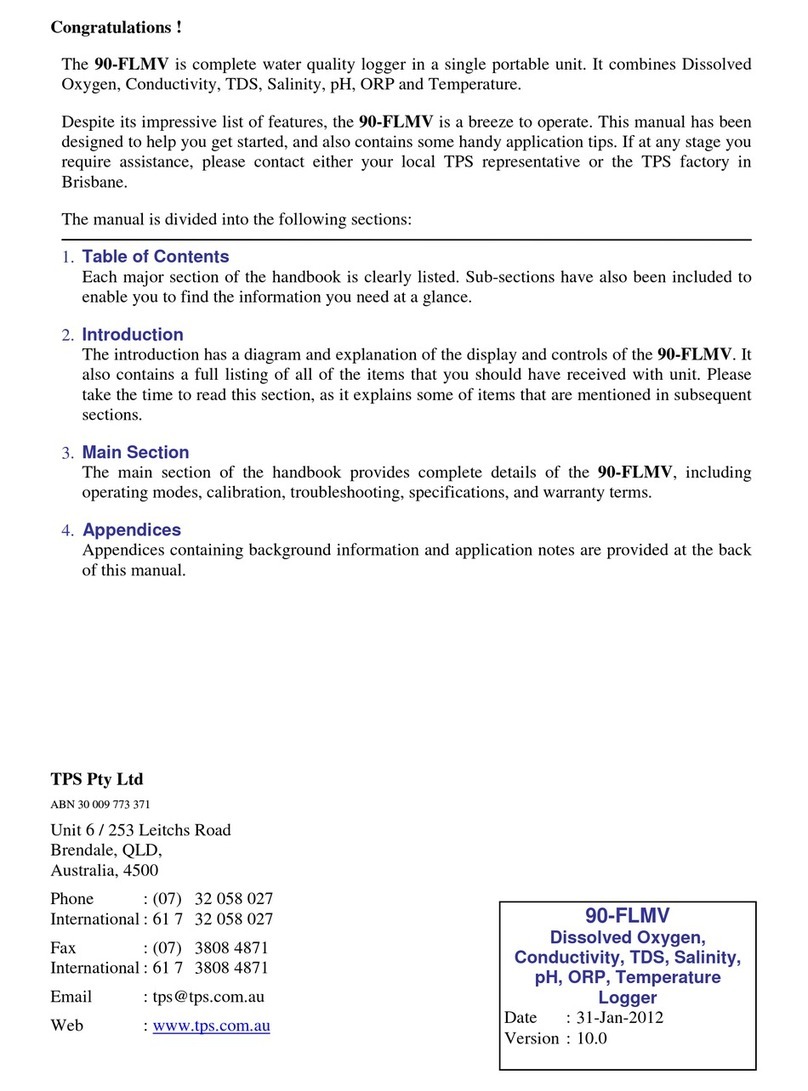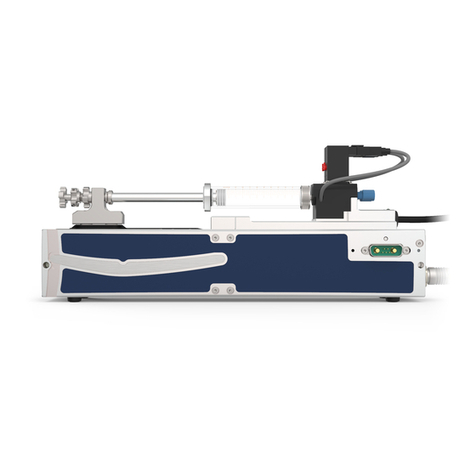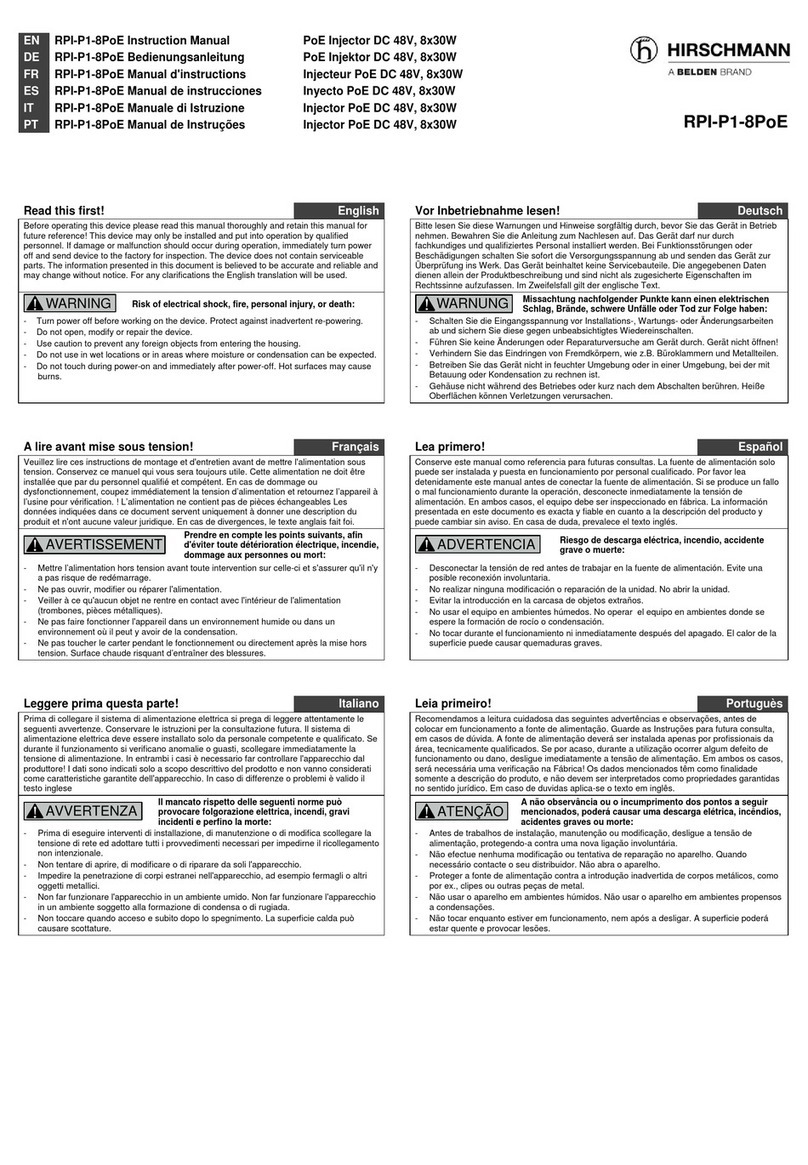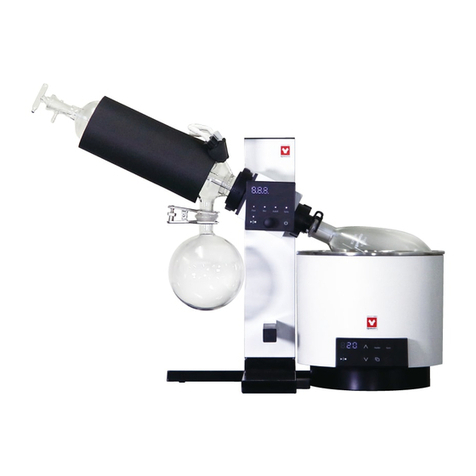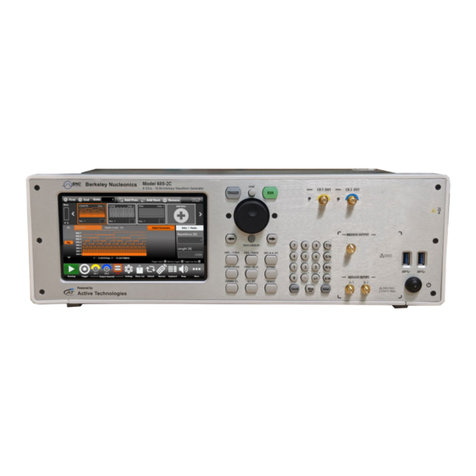HemoCue Hb201 User manual

HemoCue®Hb 201 Microcuvettes
The HemoCue Hb 201 Microcuvettes are designed for use with the HemoCue
Hb 201+
Analyzer and the HemoCue Hb 201 DMAnalyzer (referred to as the HemoCue
Hb 201 Analyzer in this document). HemoCue Hb 201 Microcuvettes are available in
individual packages or in vials. Please read the relevant Operating Manual for proper
use of the system1.
Intended Purpose/Intended Use
Quantitative determination of hemoglobin in capillary, venous and arterial whole
blood, using a specially designed analyzer, the HemoCue Hb 201 Analyzer, and spe-
ciallydesignedmicrocuvettes,theHemoCueHb 201Microcuvettes.HemoCue Hb 201
Microcuvettes are for In Vitro Diagnostic use only. The HemoCue Hb 201 Analyzer is
only to be used with HemoCue Hb 201 Microcuvettes.
IVD Medical Device Directive
The HemoCue Hb 201 Microcuvettes comply with the IVD Medical Device Direc-
tive 98/79/EC and carry the CE mark
Principles of the method/procedure
Principle of the method
The reaction in the microcuvette is a modified azidemethemoglobin reaction. The
erythrocytes are hemolyzed to release the hemoglobin. The hemoglobin is converted
to methemoglobin and then combined with azide to form azidemethemoglobin. The
measurement takes place in the analyzer in which the transmittance is measured and
the absorbance and hemoglobin level is calculated. The absorbance is directly pro-
portional to the hemoglobin concentration.
Principle of the procedure
The system consists of an analyzer together with microcuvettes. The microcuvette
serves both as a pipette and as a measuring cuvette and is for single-use only. A blood
sample of approximately 10 µL is drawn into the cavity by capillary action. The analyzer
measures at two wavelengths in order to compensate for turbidity, and the hemoglobin
level is calculated and presented. The HemoCue Hb 201 system is calibrated against
the international reference method for hemoglobin determination, ICSH3and needs
no further calibration.
Composition
The microcuvette is made of polystyrene plastic. Reagents; <600 μg/g microcuvette
sodium deoxycholate, <300 μg/g microcuvette sodium azide, <300 μg/g microcuvette
sodium nitrite, <350 μg/g microcuvette nonreactive ingredients.
Warning and precautions
The microcuvettes are for In Vitro Diagnostic use only. Always handle blood speci-
mens with care as they may be infectious. Consult local environmental authorities
for proper disposal.
Storage and handling
Use the HemoCue Hb 201 Microcuvettes prior to their expiry date. The expiry date
is printed on each package.
Storage for microcuvettes kept in a vial
The microcuvettes are to be stored at room temperature (15–30 °C, 59–86 °F) and
in a dry place. Once the seal is broken the microcuvettes are stable for three months.
Always keep the vial properly closed.
GB/US

Storage for individually packaged cuvettes
The microcuvettes are to be stored at room temperature (15–30 °C, 59–86 °F) and
in a dry place.
Specimen collection and preparation
Capillary, venous or arterial blood may be used. Appropriate anticoagulants (e.g.
EDTA or heparin) may be used, preferably in solid form to avoid dilutional effects.
Mix all specimen tubes thoroughly on a mechanical mixer for at least 2 minutes or
invert the tube 8-10 times by hand. Hemoglobin remains unchanged for days, pro-
vided that the blood does not become infected. If the specimen has been stored in
a refrigerator, it will be viscid and should reach room temperature before mixing2.
Directions for use
Materials required
• HemoCue Hb 201 Analyzer
• HemoCue Hb 201 Microcuvettes
• Lancet (for capillary samples)
• Pipette or other transfer device (for venous, arterial or control material samples)
• Lint-free wipe (non-fraying)
• Hydrophobic surface (for venous, arterial or control material samples)
Procedure
The operating temperature of the HemoCue Hb 201 system is 15-30 °C (59-86 °F).
Please read the Operating Manual for proper use of the system1. See relevant manu-
al for information on repeat capillary sampling. For further information please con-
tact HemoCue.
1. Optical eye
2. Filling end
Remove the microcuvette from the package. Close the vial. Hold the
microcuvette opposite the filling end and bring into contact with the
specimen, allowing the cavity to fill completely. Always avoid touching
the optical eye. Do not refill the cavity of the microcuvette. Note: The
microcuvette should be filled whitin 3 minutes after the microcuvette
has been taken out of its package.
When collection tubes or control material are used, dispense an aliquot
of the well-mixed specimen onto a hydrophobic surface. Note: The
microcuvette should be filled whitin 3 minutes after the microcuvette
has been taken out of its package.
Wipe off the outside of the microcuvette with a clean lint-free wipe,
being careful not to touch the open end. If air bubbles are seen in the
opticaleyeof themicrocuvette,discard themicrocuvetteand takeanew
sample. Small air bubbles around the edge do not inuence the result.
Place the microcuvette into the cuvette holder and start measurement
as soon as possible but no later than 10 minutes after filling the micro-
cuvette by gently pushing the cuvette holder to its measuring position.
Close the cuvette holder. The measuring time is 15-60 seconds for Hb
values below 20 g/dL. Pull the cuvette holder out to its loading posi-
tion and discard the used microcuvette.
Quality control
The HemoCue Hb 201 Analyzer has an internal electronic selftest. Every time the
analyzer is turned on, it will automatically verify the measurement performance.
This test is performed at regular intervals if the analyzer remains switched on.
Follow local guidelines regarding quality control procedures. If a quality control
test is required by local or other regulations and therefore should be performed,
only use controls recommended by HemoCue. For further information regarding
controls contact HemoCue AB.

Limitations of the method
a) The measurement needs to be started no later than 10 minutes after lling the
microcuvette.
b) Mixing samples for an extended period can produce increased oxygen pressure and
viscosity that may give falsely results.
c) If “HHH” is displayed, the result exceeds the measuring range of the system.
d) Values above 23.5 g/dL (235 g/L, 14.6 mmol/L) must be confirmed using a suitable
laboratory method.
e) Following substances have not been found to interfere: Acetaminophen (20 mg/dL),
ascorbic acid (3 mg/dL), conjugated bilirubin (40 mg/dL), unconjugated bilirubin
(20 mg/dL), creatinine (30 mg/dL), ibuprofen (40 mg/dL), leukocytes (600 x 109 /L),
lipemia(intralipid 4000 mg/L,triglyceridesapproximately1000mg/dL),salicylicacid
(50 mg/dL), tetracycline (20 mg/dL), trombocytes (2100 x 109 /L), urea (500 mg/dL),
uric acid (20 mg/dL). The highest concentration or percentages tested is referred to in
brackets. Intereference studies have been performed according to NCCLS Document
EP-74.
f) pH values between 6.3-9.0 do not interfere with the system.
g) Sulfhemoglobin is not measured with this method.
Expected values2
Children 11.0-14.0 g/dL (110-140 g/L, 6.8-8.7 mmol/L)
Women 12.0-15.0 g/dL (120-150 g/L, 7.4-9.3 mmol/L)
Men 13.0-17.0 g/dL (130-170 g/L, 8.1-10.5 mmol/L)
Children, 2 years to teenage, gradually increase to adult values.
Due to a wide range of conditions (dietary, geographical, etc) which affect normal val-
ues, it is recommended that each laboratory establish its own normal range.
Specific performance characteristics
Within-run and Total precision
Within-run precision was determined according to the NCCLS Document EP5-A5.
The results given below in ”Within-run precision” and ”Total precision” come from
1batch of HemoCue Hb 201 Microcuvettes and 5 HemoCue Hb 201+Analyzers. No
recalibration was performed during the analyzing period. Commercially available con-
trols at 2 different levels were used. The hemoglobin concentration was measured in
duplicate twice a day, morning and afternoon, during 20 consecutive days.
Within-run Precision Total Precision
Control
level
Nx
–
g/dL SD
g/dL CV
%
SD
g/dL CV
%
1 400 7.70 0.057 0.74 0.100 1.30
2 400 15.33 0.078 0.51 0.109 0.71
Accuracy
The results of the comparison studies between the HemoCue Hb 201 system and the
International Council for Standardization in Haematology method (ICSH)3are sum-
marized in the table below. The study was performed on four HemoCue Hb 201+
Analyzer which had not been recalibrated during the study period.
Study N Min
g/dL
Max
g/dL
Regression line Correlation
coefficient (r)
1 498 4.1 20.5 Y = 1.009X – 0.008 0.998
2 103 9.0 17.7 Y = 0.971X + 0.584 0.934
1 = ICSH (Cyanmethemoglobin method), venous EDTA blood, multicenter study
2 = ICSH (Cyanmethemoglobin method), capillary blood

151712 130506 GB/US
HemoCue Inc.
250 South Kraemer Boulevard
Brea, CA, 92821
USA
Manufacturer
HemoCue AB
Box 1204
SE-262 23 Ängelholm
Sweden
Phone 800-881-1611
Orders 800-323-1674
Technical service 800-426-7256
Fax (Cust. srv.) 800-333-7043
www.hemocue.com
Phone +46 77 570 02 10
Fax +46 77 570 02 12
E-mail [email protected]
www.hemocue.com
HemoCue Distributor USA
Symbols used
CE mark
Do not reuse
Caution
In vitro diagnostic
medical device
Batch code
Date of opening
Open vial expiry date. Must not
exceed the “Use by” date
Use by
(Year Month Day)
PATENTED This product is covered by one or more patents
Temperature limitation
Catalog number
Consult instructions
for use
Bibliography
1. HemoCue Hb 201 Operating Manuals
2. Dacie and Lewis, Practical Haemotology, Ninth Edition, 2001.
3. Reference and Selected Procedures for the Quantitative Determination of
Hemoglobin in Blood; Approved Standard NCCLS Document H15-A
4. Interference testing in clinical chemistry NCCLS approved guideline; NCCLS
Document EP7
5. Evaluation of precision performance of clinical chemistry devices; approved
Guideline NCCLS Document EP5-A
HemoCue America
250 South Kraemer Boulevard
Brea, CA, 92821
USA
Other HemoCue Laboratory Equipment manuals
Popular Laboratory Equipment manuals by other brands
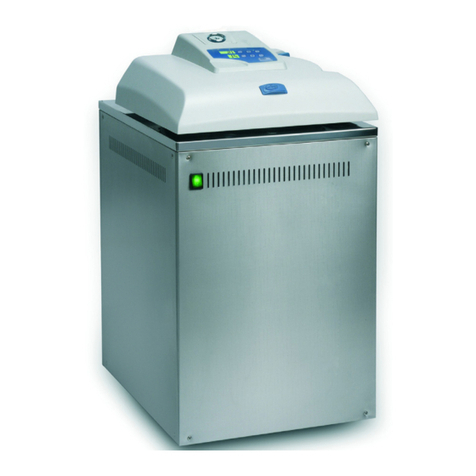
Selecta
Selecta PRESOCLAVE III 50L manual
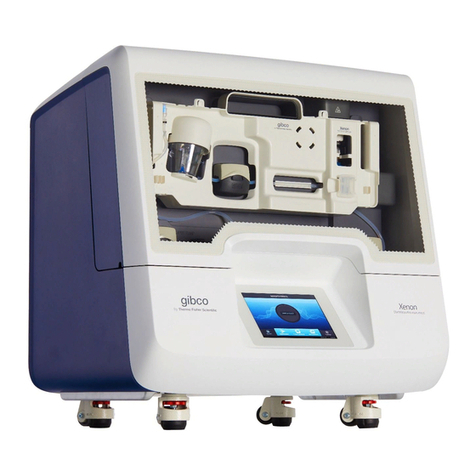
Thermo Scientific
Thermo Scientific CTS Xenon user guide
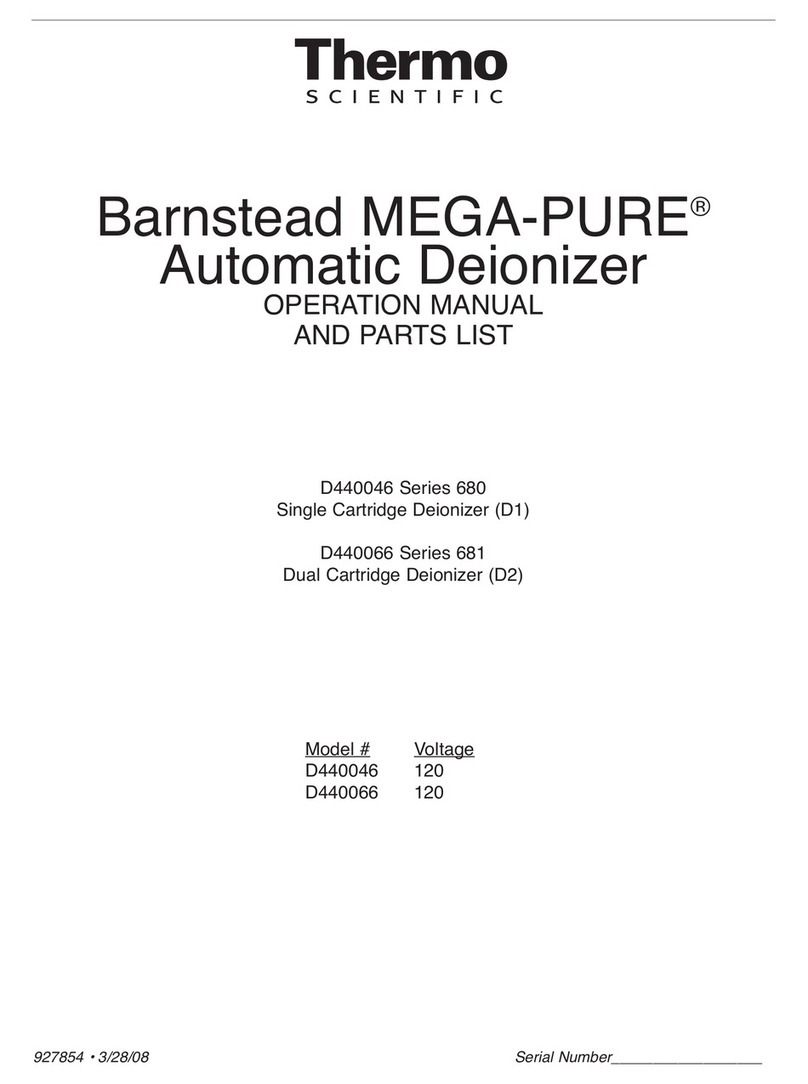
Thermo Scientific
Thermo Scientific MEGA-PURE 680 D440046 Series Operation manual and parts list
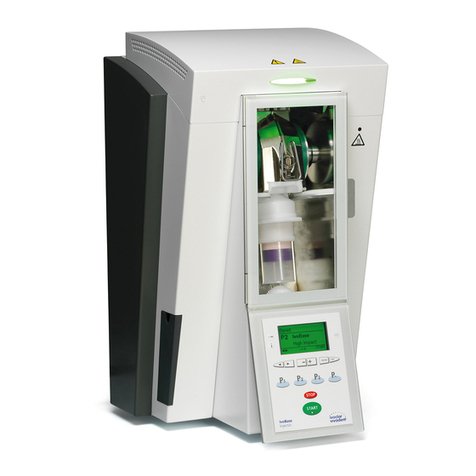
Ivoclar Vivadent
Ivoclar Vivadent IvoBase Series operating instructions

NI
NI USB-6509 USER GUIDE AND SPECIFICATIONS
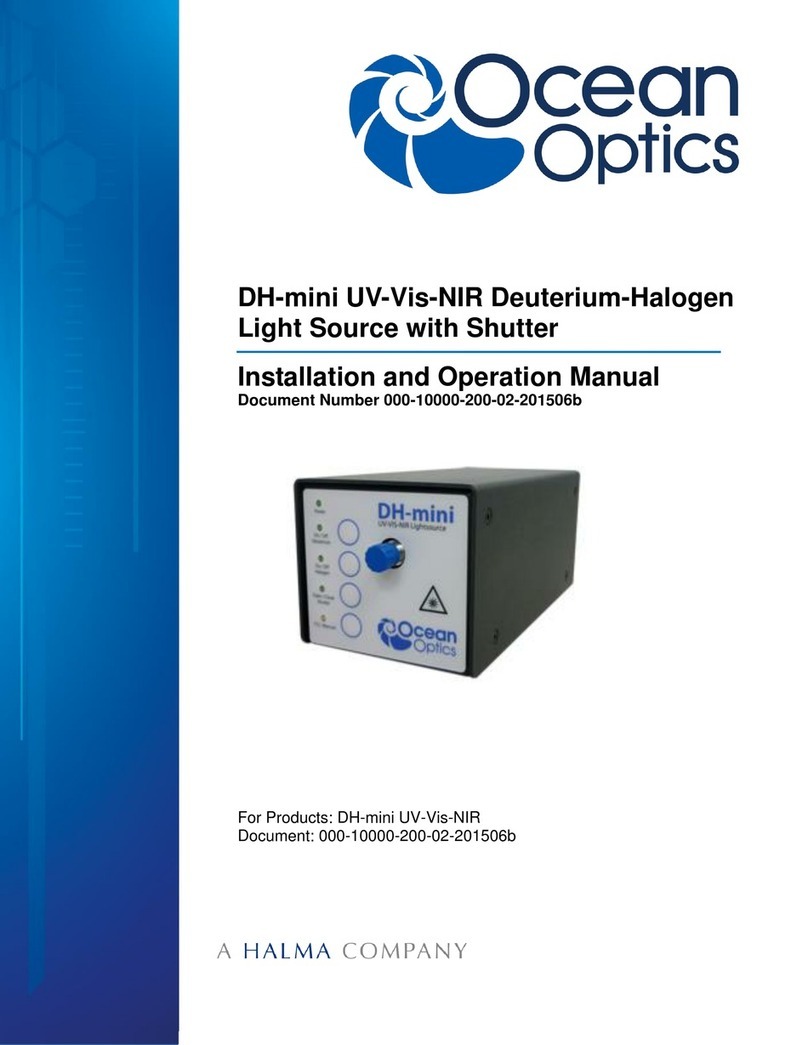
Halma
Halma Ocean Optics DH-mini Installation and operation manual
